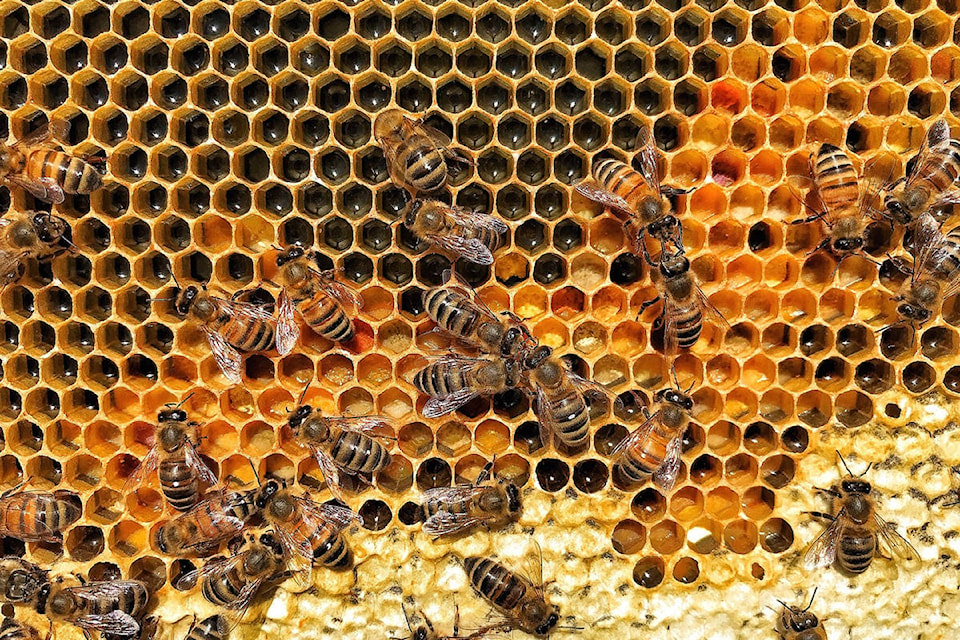The Latin term for honeybee is apis mellifera. Its literal meaning is “honey bearing” – and without a doubt, honeybees hold up to their name.
The honeybees along with other insects are what we call pollinators. Flying from flower to flower collecting resources for their colonies, these pollinators accidentally transfer pollen from one source to another - fertilizing fruits, veggies, and flowers. They are responsible for fertilizing approximately one-third of the food we eat - but that is not all they do.
When you see honeybees crawling on your lilacs or swimming about in that California poppy, they are in search of two ingredients for their colony: pollen and nectar. Honeybees collects nectar via a straw-like tongue called the proboscis and store it in a special sac called the honey stomach. As for pollen, they ball up the pollen and stick it to the indentations found on their hind legs, called the pollen baskets. While simultaneously collecting food for their colonies, a by-product is pollination!
Full and flying heavy, the bees will head back to the hive where they discard the pollen into the honeycomb and regurgitate the nectar directly into the honey stomach of another bee. Each time, as the nectar enters a new honey stomach, enzymes are added to the mix to breakdown nectar’s complex sugar structure. This transfer from bee to bee continues until breakdown is complete. Once deposited into the honeycomb, the bees rapidly beat their wings, fanning the nectar in pursuit of evaporating excess water. The bees reduce the moisture level to less than 18 per cent, a far stretch from the approximate 70 per cent water content found in the original nectar collected. Once satisfied, the bees will cap the honey with a thin wax coating and save it for a rainy day. This process is quite laborious but produces a product that has an incredibly long shelf life. With its low water levels and high sugar content, honey creates the ideal environment to deter bacterial and fungal growth.
Many of us love to consume honey. It is a wonderful and natural alternative to processed sweeteners. But how can we return the favour of such a sweet treat? Well, you do not need to be a beekeeper to help with honey production. All you need to do is continue to plant that bee food! From a beekeeper’s perspective, a healthy hive is a product of its neighbouring gardens - gardens that refrain from pesticide use and provide our bees with a lovely selection of continuous bloom.
Happy beekeeping and happy gardening!
Rachel Halliwell is a Bee Master Certified beekeeper in the Comox Valley. Her website is www.homegrownbee.ca
